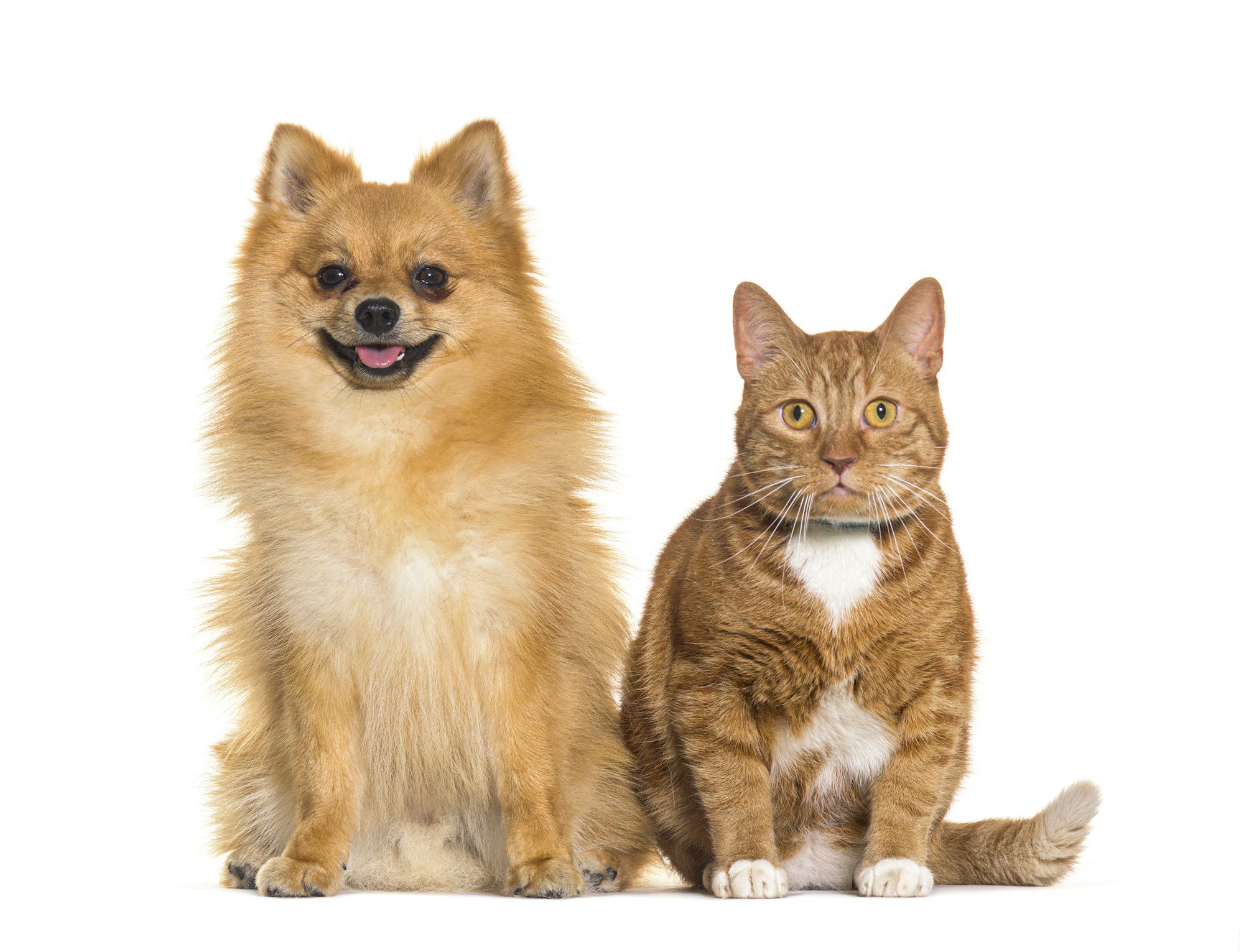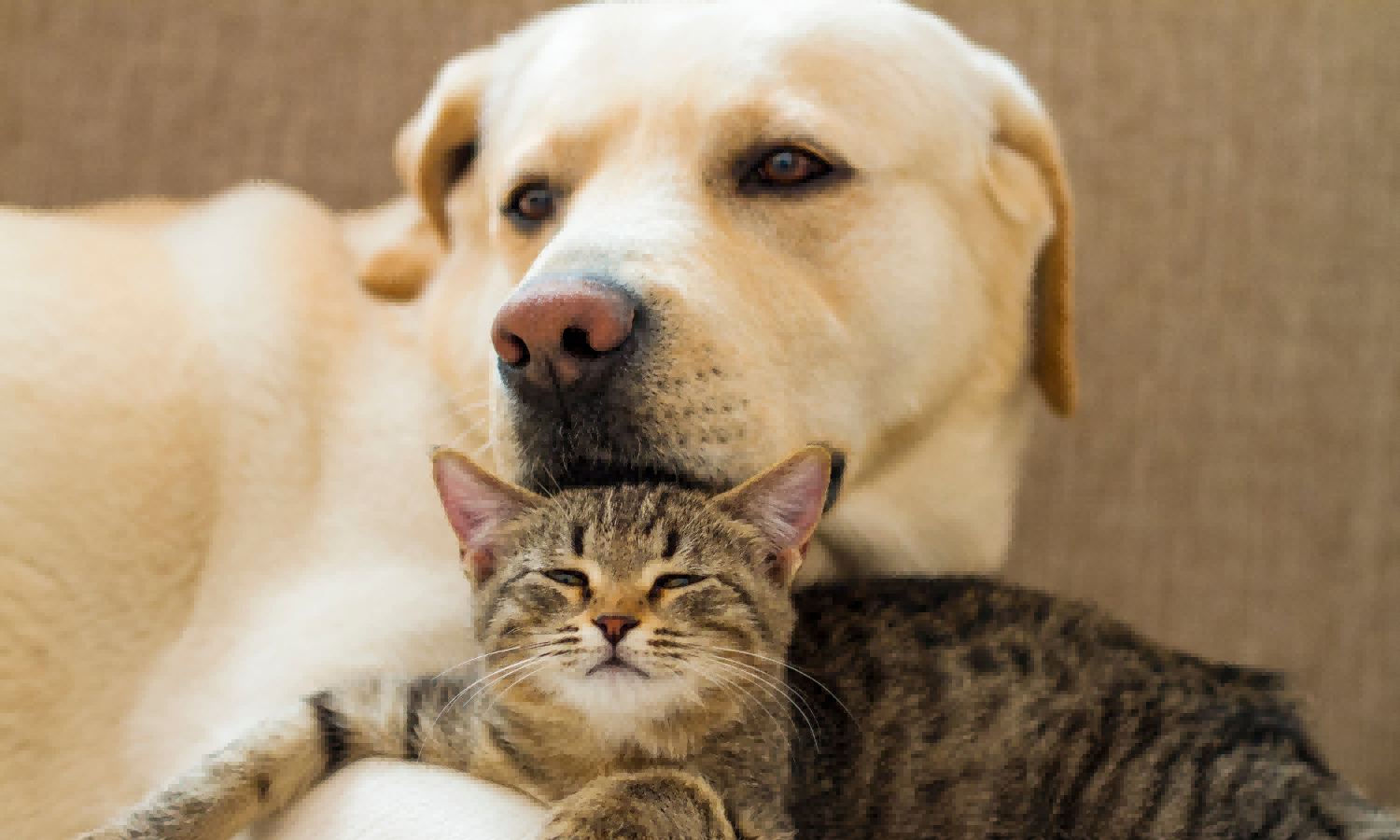Wet Pet Food Palatability
Introduction: Pet food palatability refers to the attractiveness of pet food to animals, influencing their willingness to consume it. Palatability is crucial for ensuring pets receive proper nutrition, as it directly impacts their food intake.
In the case of wet pet food, various factors contribute to its palatability, influencing pets’ acceptance and preference. Understanding these factors is essential for pet food manufacturers to formulate products that meet both nutritional and palatability requirements.
This article explores the principles of pet food palatability with a focus on wet pet food, elucidating the factors that influence its palatability.
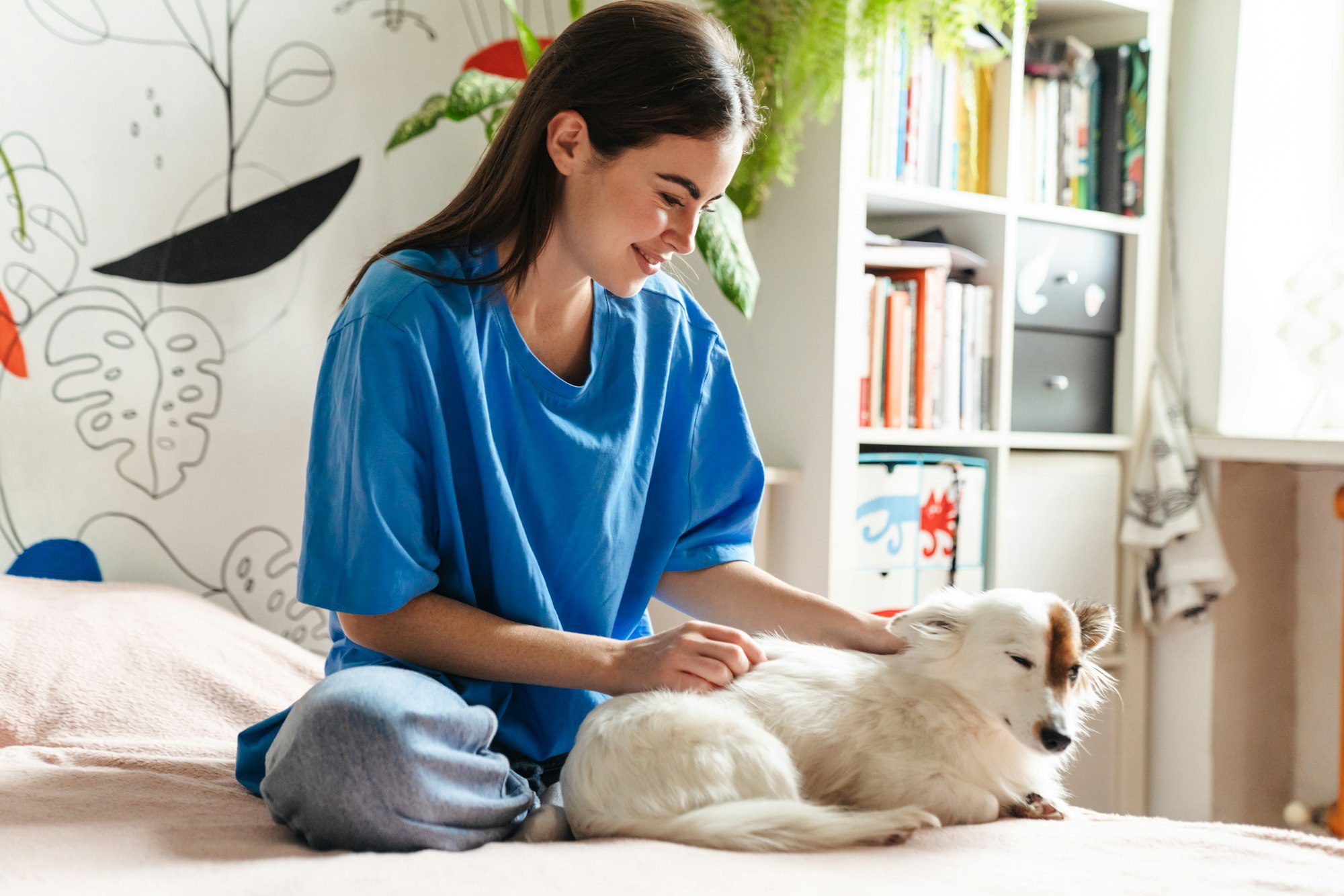
Factors Influencing Wet Pet Food Palatability:
Ingredients and Formulation:
The selection and quality of ingredients significantly impact the palatability of wet pet food. High-quality protein sources, such as meat, poultry, or fish, are commonly preferred by pets due to their natural appeal and aroma.
Moreover, the balance of fats, carbohydrates, vitamins, and minerals influences the overall taste and nutritional profile of the food. Formulation techniques that enhance flavor retention and texture play a crucial role in improving palatability.
Aroma and Flavor:
The aroma and flavor of wet pet food are paramount in attracting animals to their meals. Natural ingredients with strong, appealing scents can stimulate pets’ olfactory senses, increasing their interest in the food.
Flavor enhancers and palatants are often added to wet pet food formulations to intensify taste and create a more enjoyable eating experience for pets. These may include meat extracts, digest, or hydrolyzed proteins, which enhance palatability without compromising nutritional integrity.
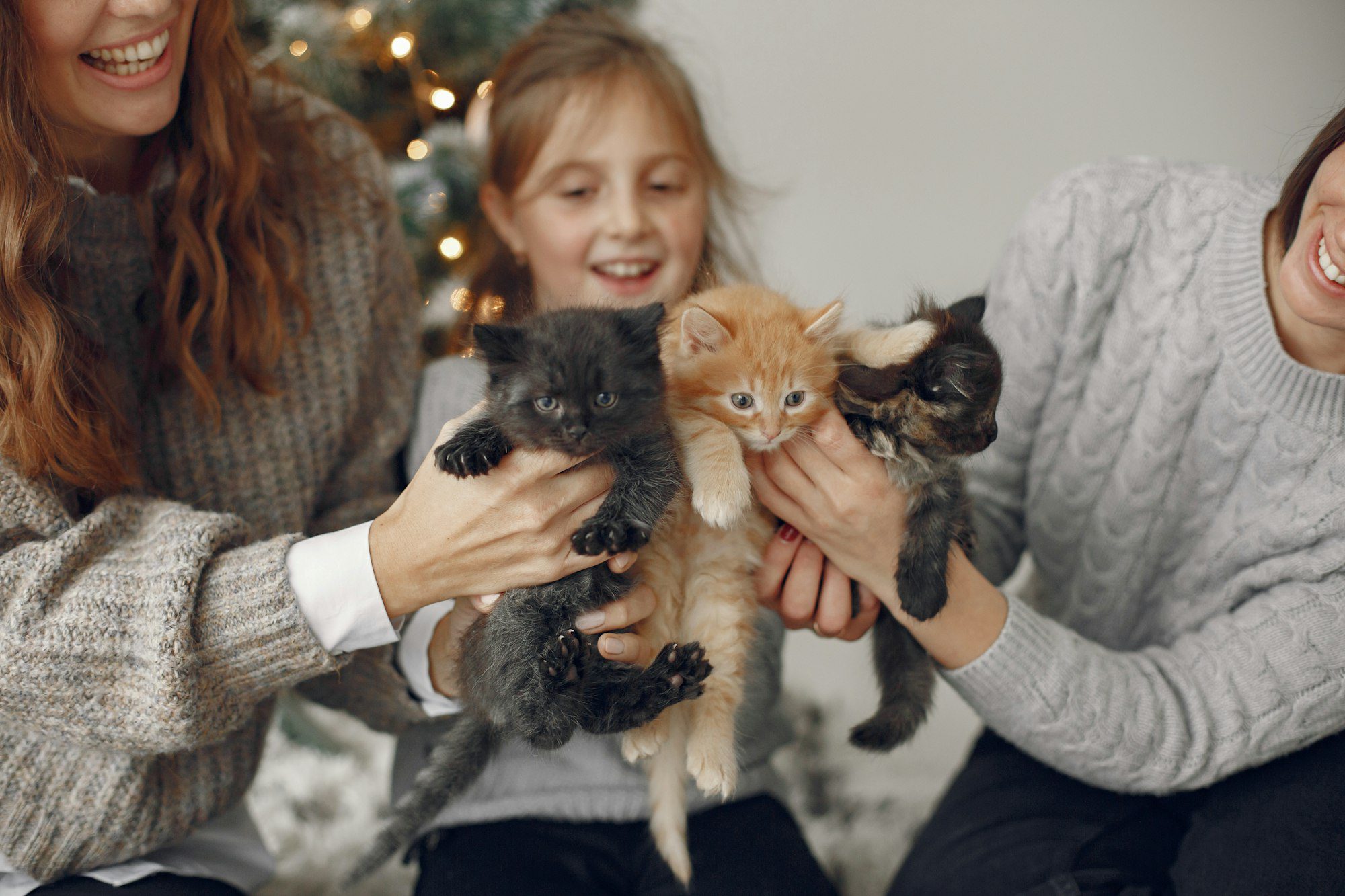
Texture and Consistency:
The texture and consistency of wet pet food significantly influence palatability and acceptance. Pets may have preferences for certain textures, such as pâté, chunks in gravy, or minced varieties. Texture modifiers, such as gums and gelling agents, are used to achieve desired consistency and mouthfeel in wet pet food formulations. Ensuring a pleasing texture enhances the overall eating experience and encourages pets to consume their meals enthusiastically.
Moisture Content:
Wet pet food inherently contains higher moisture content compared to dry formulations. This moisture contributes to the food’s palatability by enhancing aroma, flavor release, and mouthfeel. Pets, particularly cats, which have low thirst drives, may prefer wet food due to its higher water content, aiding in hydration. Manufacturers must balance moisture levels to prevent spoilage while maintaining palatability and nutritional integrity.
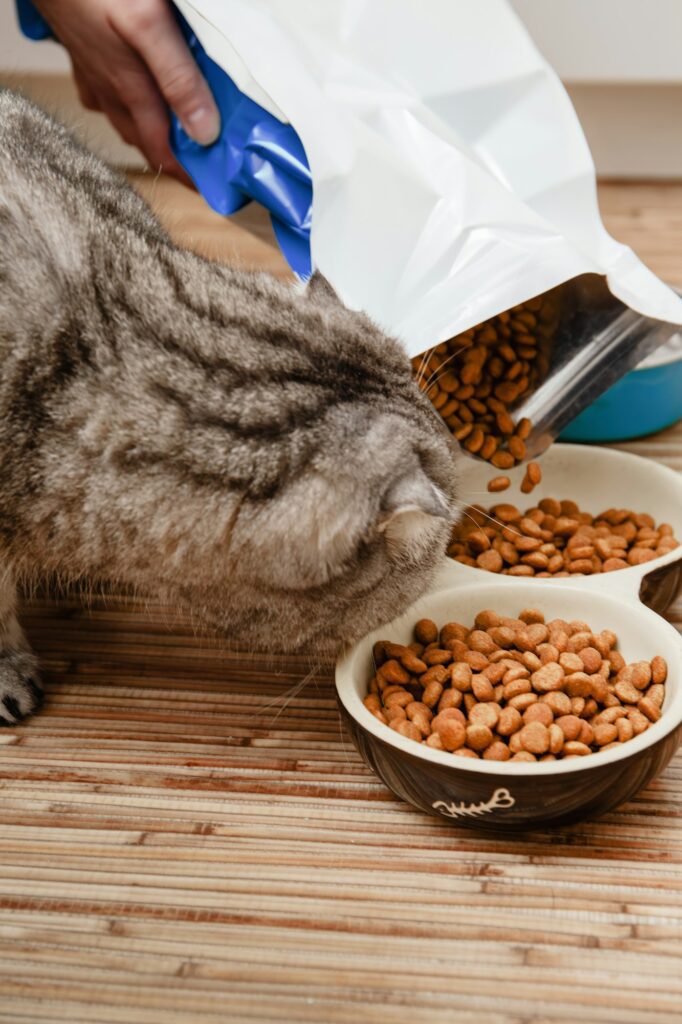
Processing Methods:
The processing methods employed during manufacturing can impact the palatability of wet pet food. Gentle cooking techniques, such as steam cooking or sous-vide, help preserve the natural flavors and nutrients of ingredients, resulting in a more palatable product. Conversely, overcooking or harsh processing may degrade flavors and textures, diminishing palatability. Manufacturers strive to optimize processing conditions to retain the sensory qualities that appeal to pets.
Visual Appeal:
Visual presentation plays a role in pet food palatability, influencing pets’ initial interest in the product. Bright colors, natural textures, and recognizable ingredients can attract pets visually, prompting them to investigate and taste the food. Packaging design also contributes to the overall appeal, with clear labeling and appetizing imagery reinforcing the perception of quality and desirability.

Palatability Testing:
Palatability testing is a crucial aspect of developing wet pet food formulations. Conducting sensory trials with target animal populations allows manufacturers to assess preferences, flavor acceptance, and consumption patterns. Feedback from palatability studies guides formulation adjustments to optimize taste, texture, and overall palatability. Continuous evaluation and refinement ensure that products meet the diverse preferences of pets and maintain their appeal over time.
Conclusion:
Wet pet food palatability is influenced by a combination of factors ranging from ingredients and formulation to aroma, texture, and processing methods. Manufacturers must consider these principles to create products that meet pets’ nutritional needs while enticing them to consume their meals eagerly. By understanding and addressing the factors that influence palatability, pet food companies can develop formulations that promote optimal health and well-being in companion animals.

